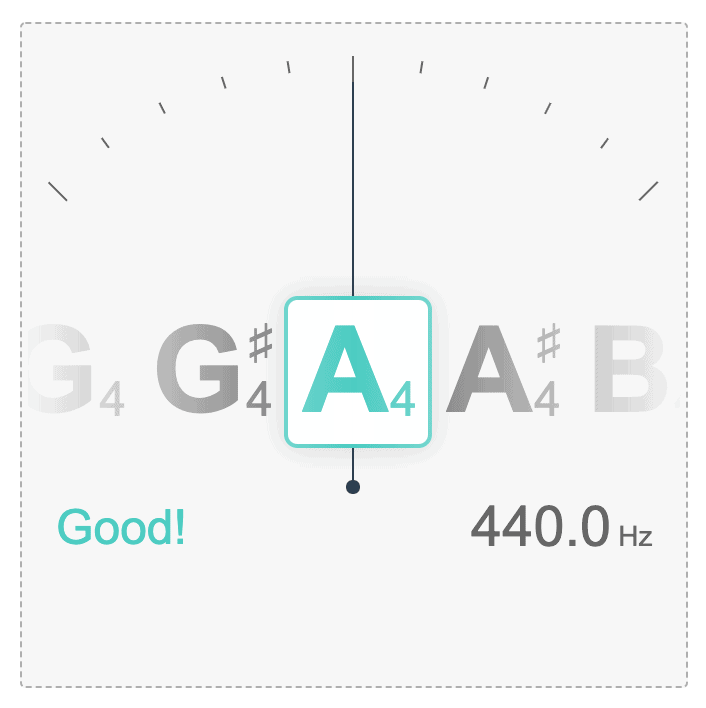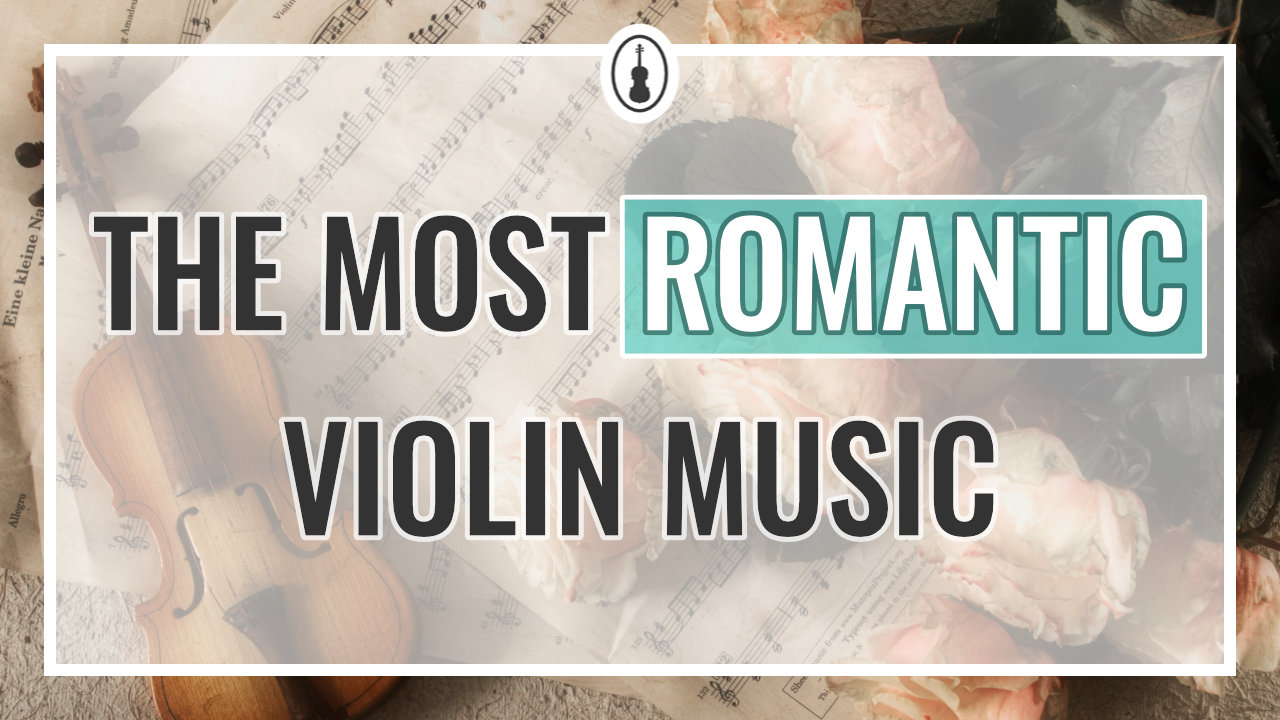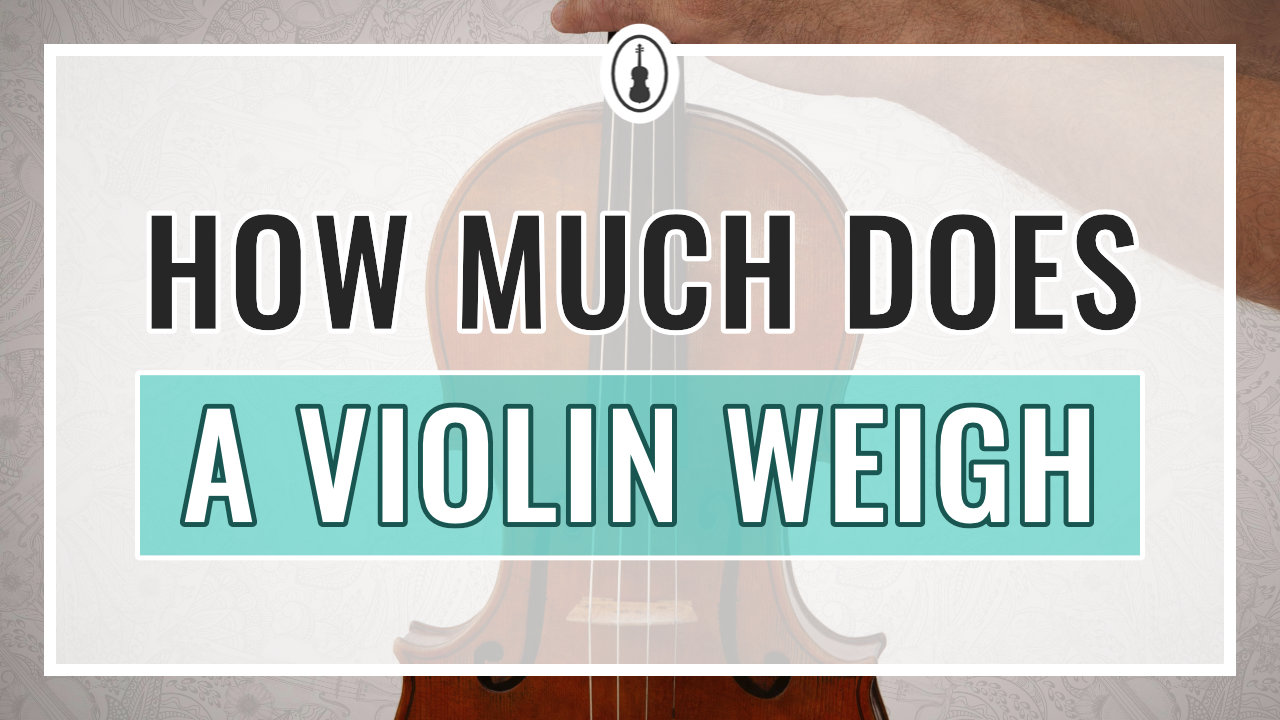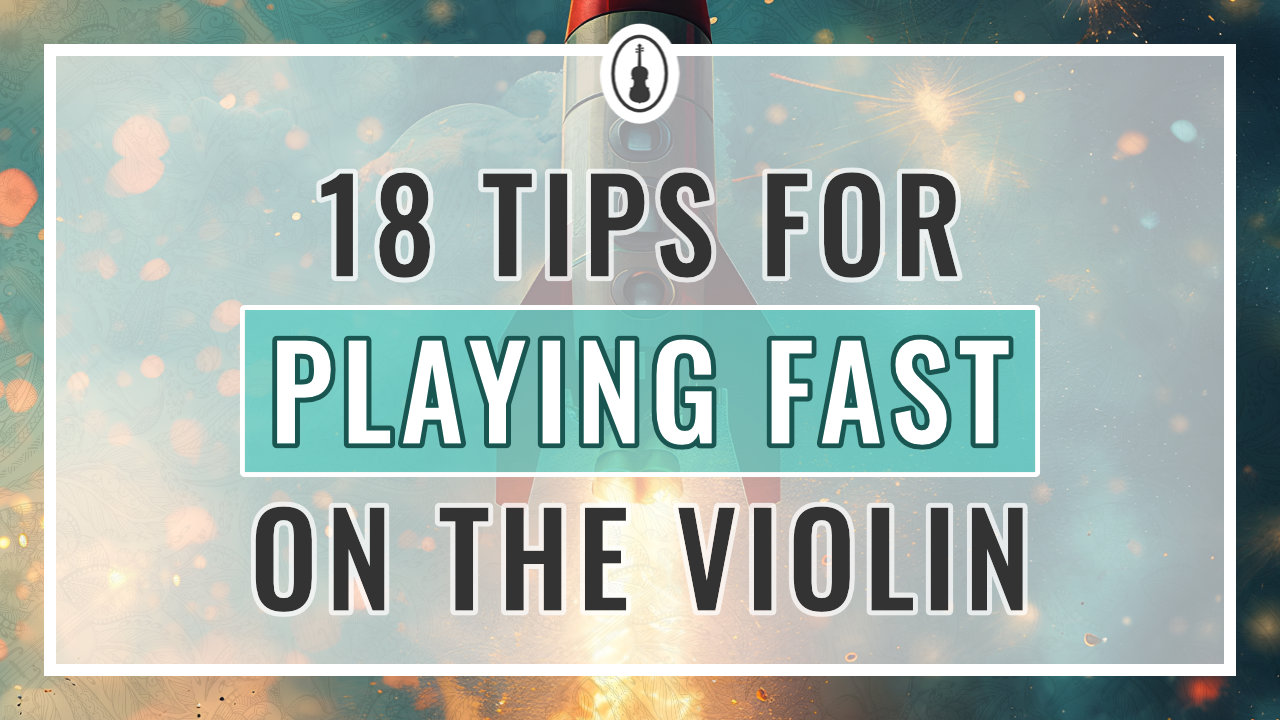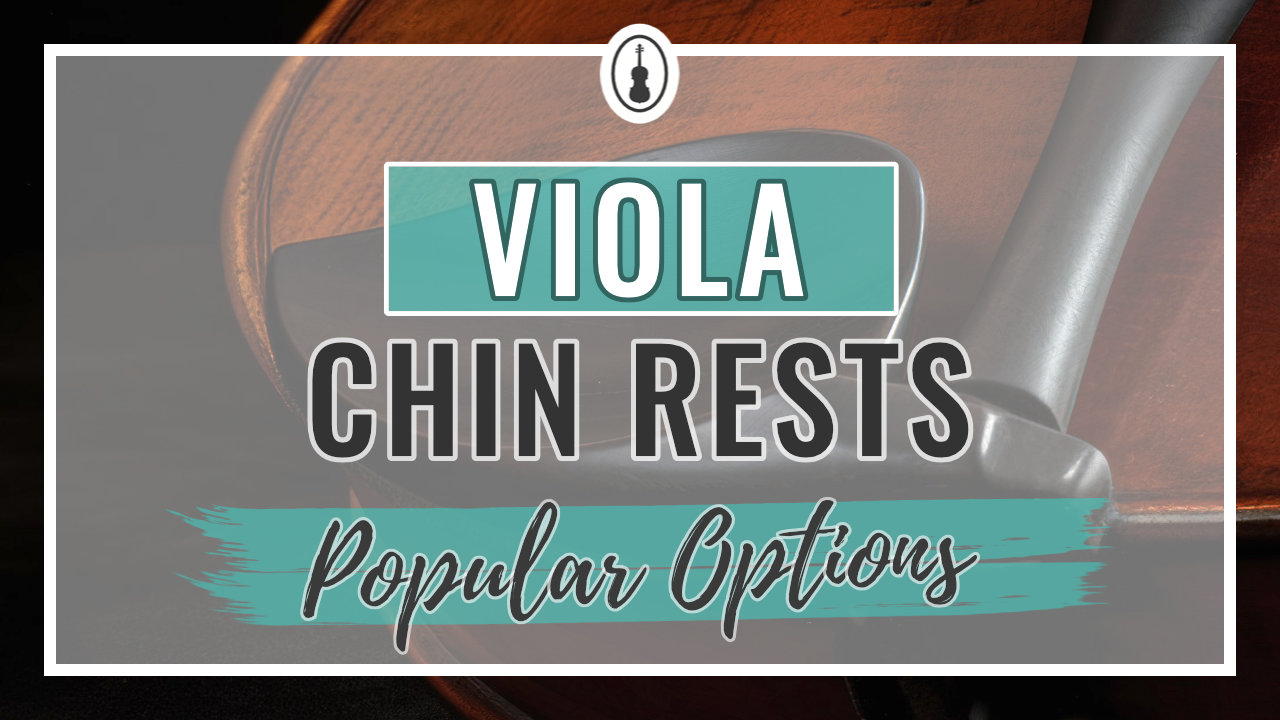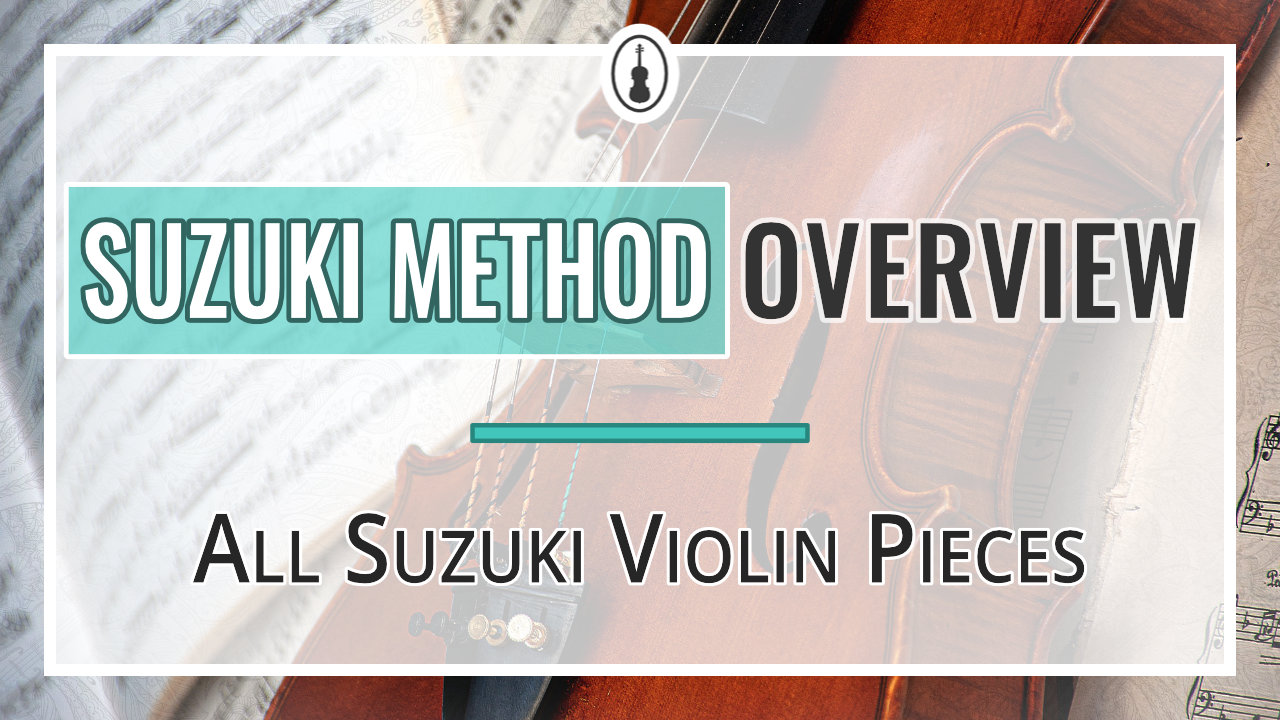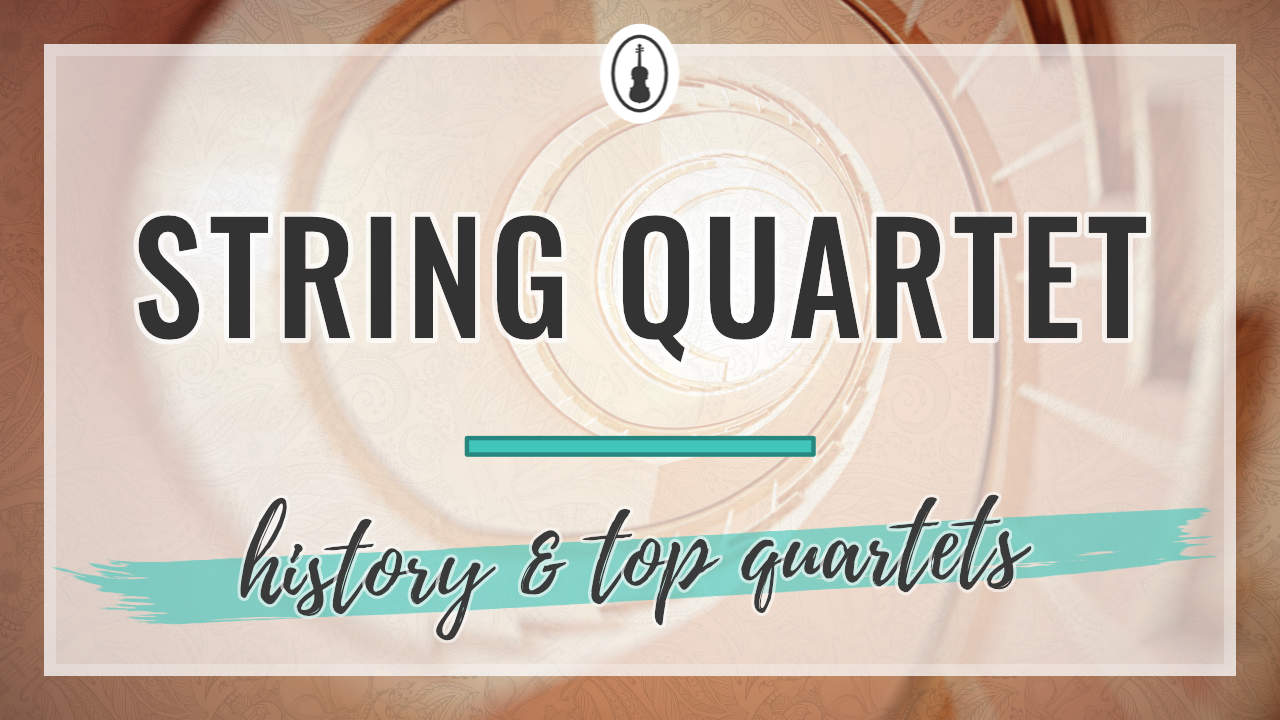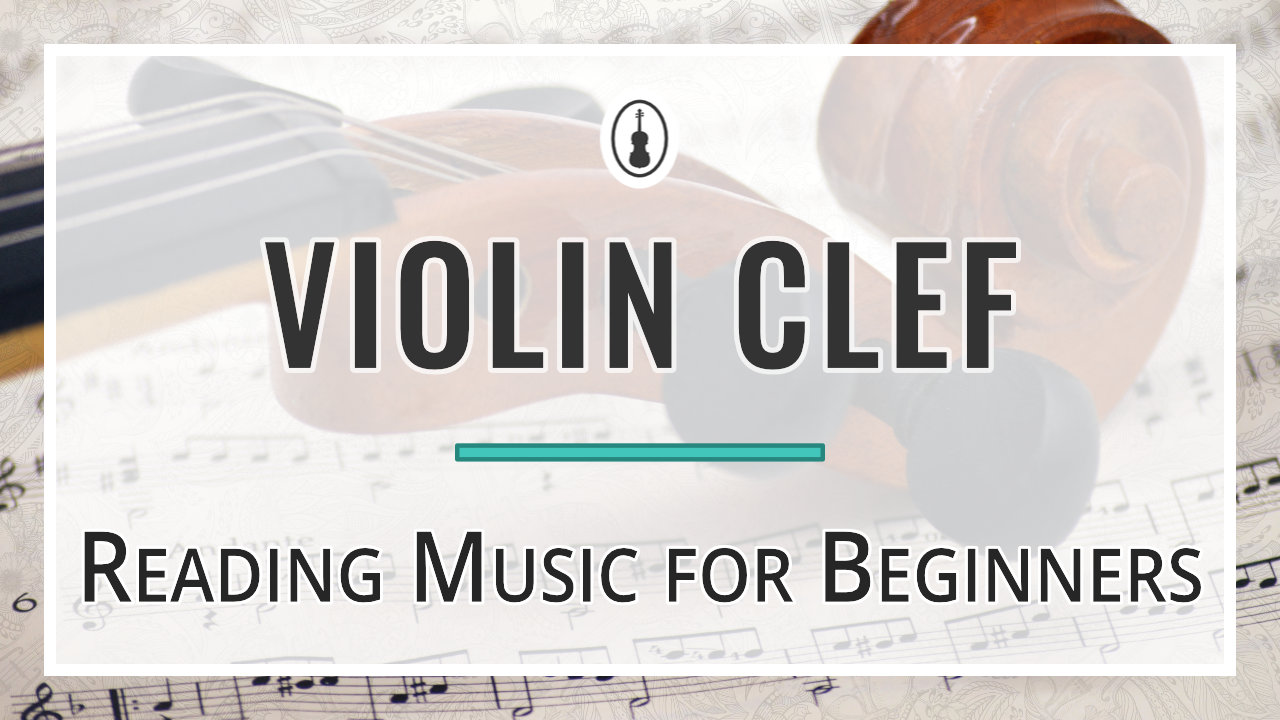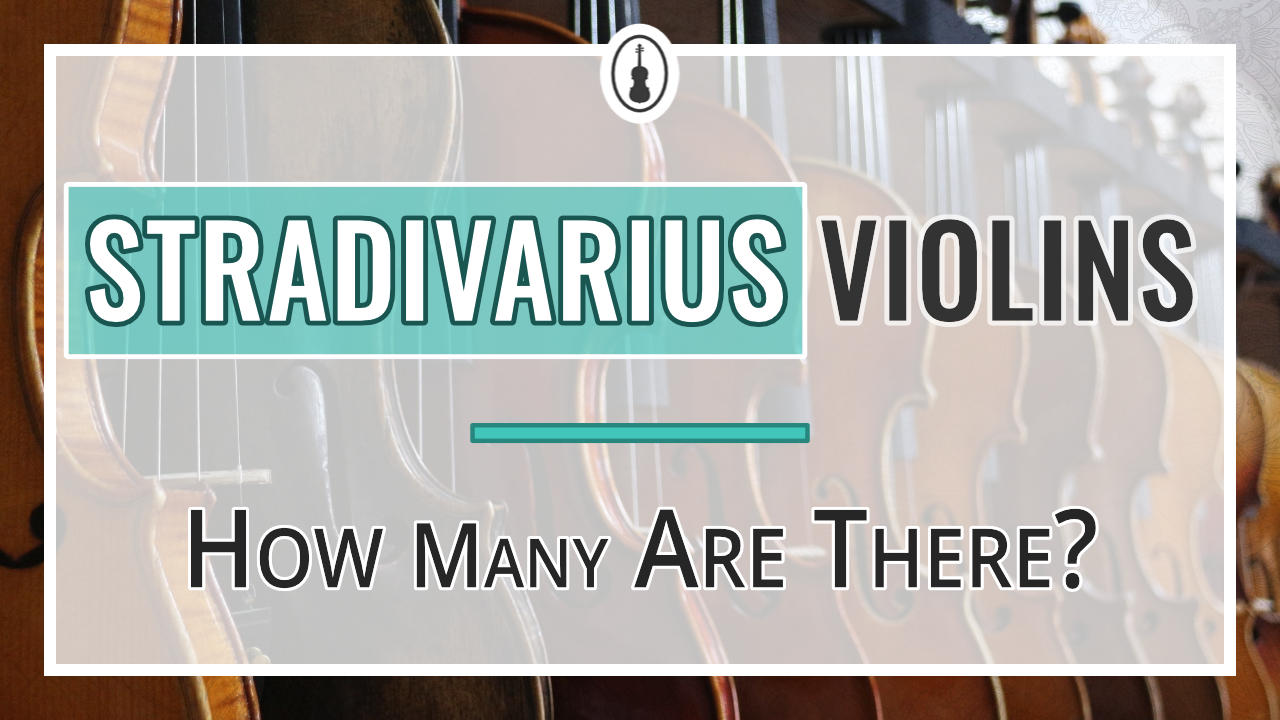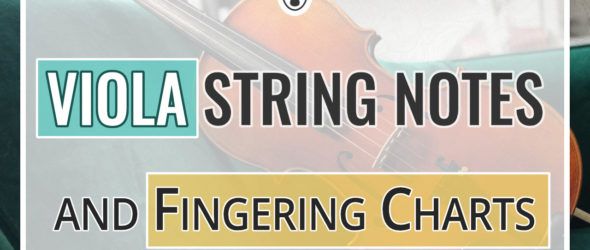
Learn about the viola string notes, how to tune violas, and how to read music on the viola.
The viola is a beautiful string orchestra instrument that looks similar to the violin, but is larger and has a deeper, more mellow tone quality. Have you ever wondered exactly what notes the viola can play? Today I’ll show you the four strings, how to tune them, and the notes that can be played on all four strings.
Plus I’ll be sharing ways you can read treble clef music, like the sheets I offer for free here on my website, on your instrument! It’s totally doable, and I hope you too can enjoy the music I offer here!
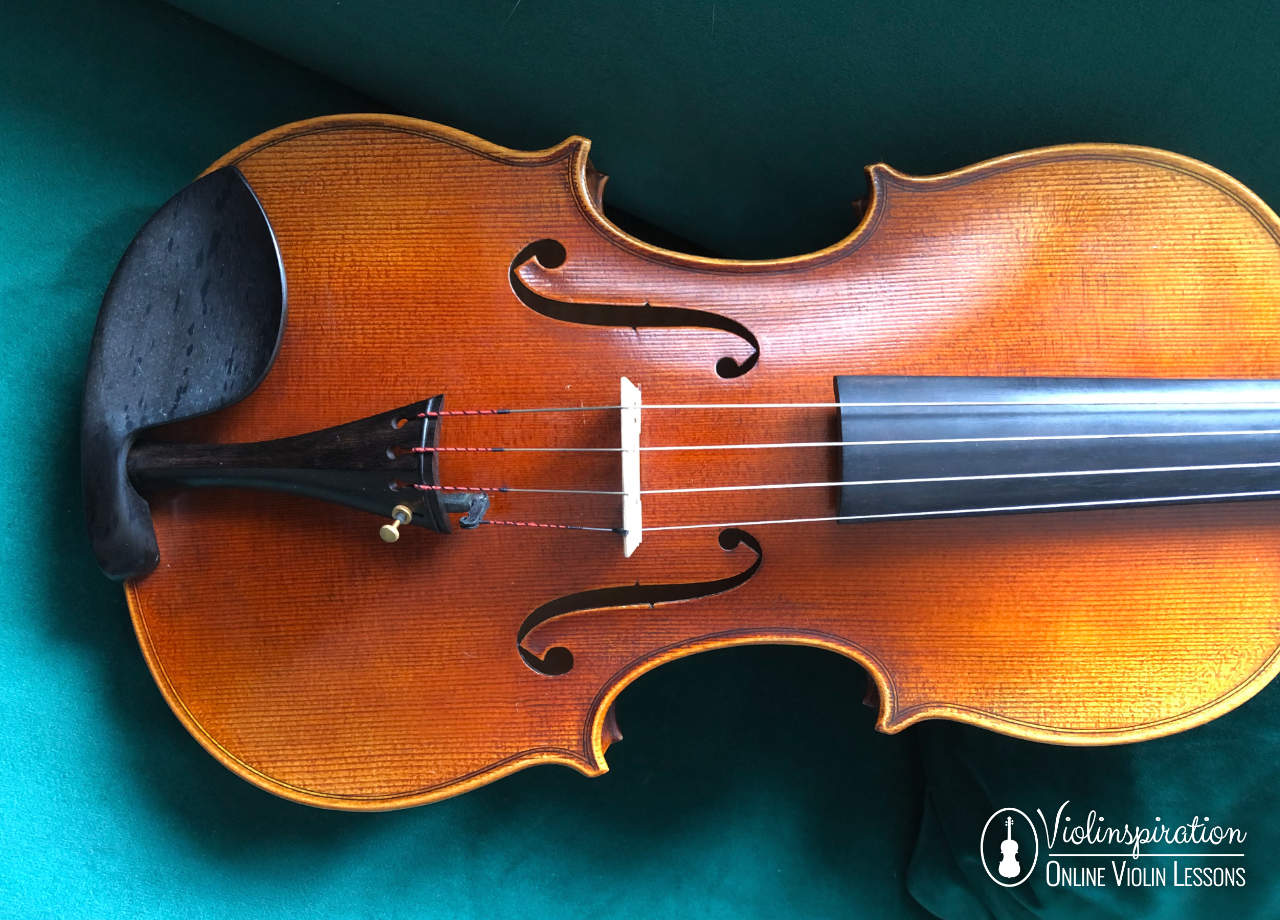
What is a Viola?
The viola is part of the string instrument family, just a bit larger and tuned lower than the violin. While the violin has a brighter tone, the viola is more mellow, because the strings don’t go quite as high.
If you’d like to learn more, read about all the differences between viola and violin.
The viola probably originated before the violin, and it’s said to have a range that’s the closest to the human voice. It bridges the gap between the high tones of the violin and the low baritone voice of the cello.
Viola is a great instrument to learn in addition to the violin. It can make you a really versatile musician, because violinists play a lot of melodies, while violists play mostly harmonies. It’s also a wonderful instrument by itself, especially if your ear is sensitive to the bright, high notes on the violin.
The Viola Strings
The open strings on viola are C, G, D, and A – from lowest to highest. The strings are tuned a fifth lower than the violin, and one octave higher than the cello.
Just like the violin and cello, the viola is tuned in perfect fifths.
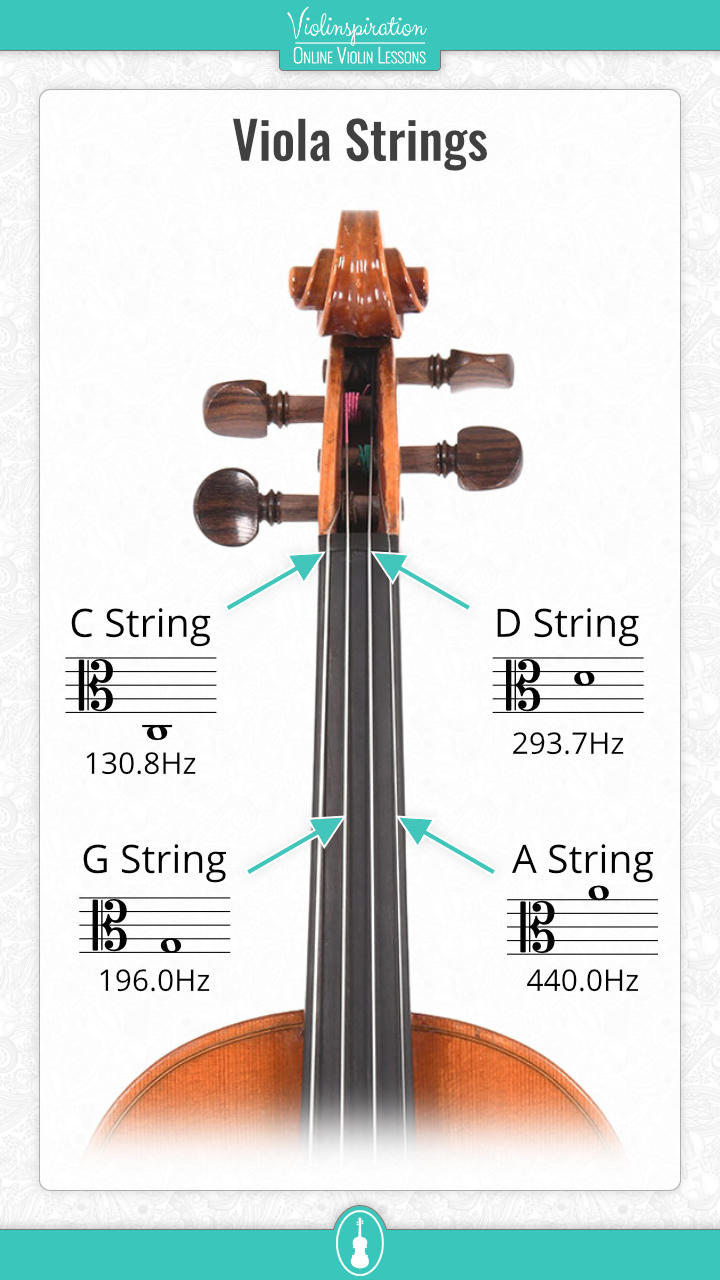
This is the standard tuning for the viola. Alternative tunings are rare and usually saved for solo viola repertoire that requires extra low pitches or asks for a different tone.
We usually avoid tuning to different pitches, because strings are delicate and can easily snap if tuned too much too fast. Alternative tunings generally range from a semitone higher or lower to just a whole step higher or lower, to avoid damaging the strings or the instrument itself.
How to Tune Your Viola
The viola tuning process is very similar to the way we tune the violin, we just tune the strings to different notes. The pegs and fine tuners work exactly the same way as they do on the violin.
Using a Tuner
Using a chromatic tuner, whether it’s a physical tuner or an app, is one of the most common ways to tune any instrument.
I have a chromatic tuner available for free here on my website. It was created for violinists, but you can tune a viola with it as well! If you need help understanding how to use this tuner, scroll down the page to read the instructions.
Using a Drone
Along with my tuner, there’s an option to hear a drone (a long, sustained pitch) of each of the violin string notes. Three of these are the same notes as viola strings: G, D, and A. So, you can still use 3 out of 4 of my drones if you’d like!
If you know how to play the piano, or at least know which keys are what notes, you can play the same pitches as your viola strings. Then, match the pitch on your viola with what you hear on the piano. Just be sure the piano you use is actually in tune!
Tuning by Ear
Play two strings at once to hear the fifth interval. If the instrument is in tune, the strings will ring in a strong, solid way. If the strings are a little out of tune, you might hear the sound waves beating against each other.
General Tuning Tips
Here are my best tips for adjusting the pitch of your strings:
Do large tuning adjustments with the pegs
Use the tuning pegs, up at the peg box, to make large tuning adjustments. The pegs may seem daunting if you’re just beginning, and it can be difficult to figure out the right amount of pressure to move the pegs without snapping a string. Go very slow when tuning with a peg the first few times. The strings hold a lot of tension, and fast movements can cause them to snap.
Do small adjustments with the fine tuners
If a string is just a little bit out of tune, you can use the fine tuner, which is on the tailpiece, to make small adjustments. Fine tuners are small screws that tighten or loosen the string to make the pitch higher or lower, respectively. Fine tuners aren’t guaranteed on all string instruments: some have them, and others don’t. However, most “beginner” instruments have fine tuners on the tailpiece, because it makes tuning so much easier!
Remember, “righty tighty (higher), lefty loosely (lower)!”
Check your tuning often
One last note about tuning: new strings go out of tune very fast, as they adjust to all the tension we put on them. If you have a new instrument or if you’re using a new set of strings, you’ll probably need to check your tuning often!
All Notes on the Viola
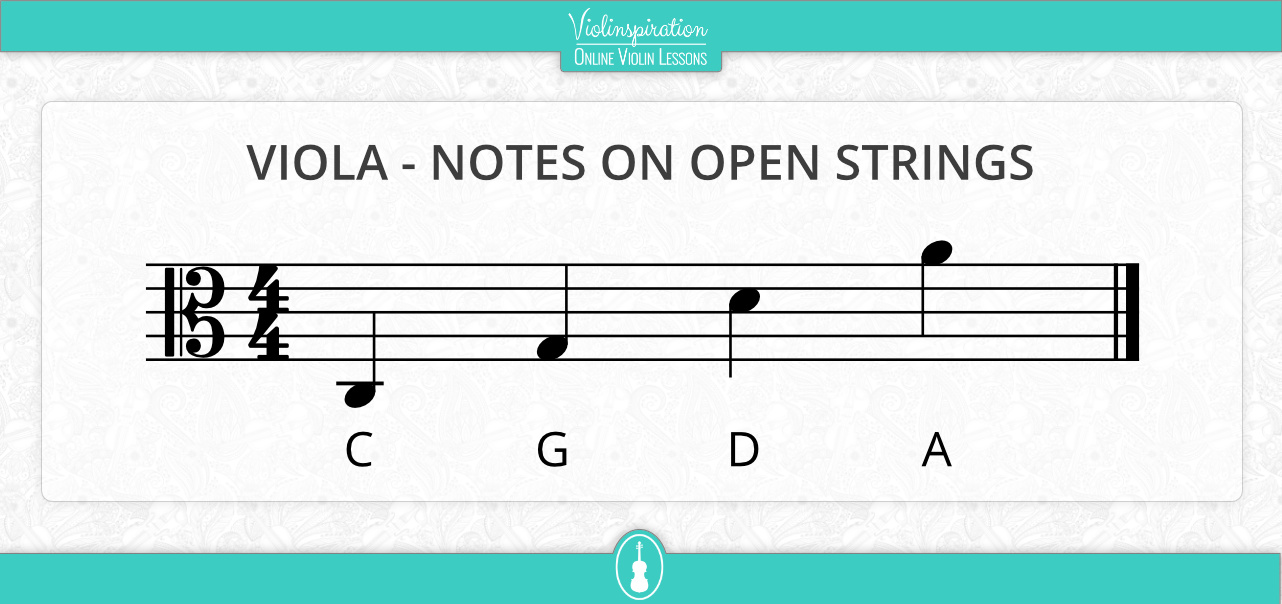
The viola has a range of C3 (the lowest open string) to around E6 (one of the highest notes that can be played on the A string). For reference, the violin note range is G3 to A7.
The viola range is sometimes compared to the clarinet, which has a general range of D3 to C7. Some violists will even perform music originally written for clarinet!
To make notes, we press our fingers down on the strings. On each string, we can play many different notes depending on what fingers we use, and where we place our left hand. Our hand placement is called the “position.” The first position that we learn on any string instrument is the “first position,” which is closest to the scroll.

We can play eight different notes on each string in the first position. On every string, we can play the open string (no fingers pressed down), low first finger, “regular” first finger, low second finger, high second finger, regular third finger, high third finger, and fourth finger.
Since the viola strings are just one fifth lower than the violin, the higher three strings will be similar to the lower three strings on the violin (G, D, and A). You can play the exact same notes on these strings as the violin does on its strings by the same names. However, you will hear a more mellow, rich sound, because of the size of the viola and the heavier weight of the bow.
Viola Fingering Chart
A fingering chart can be a great reminder as you learn where the notes are on your string instrument. If you’re new to playing the viola, print out this fingering chart and hang it where you practice, or keep it on your music stand!
This chart shows all first-position notes on the viola, and which fingers play what notes. The string names are also labeled to keep things simple for you.
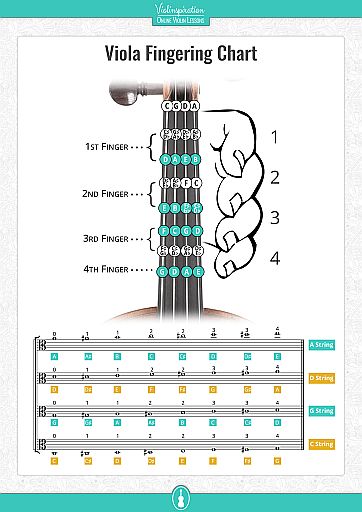
Viola First Position Fingering Chart
Download Free Fingering Chart
Reading Viola Music
Viola music, whether it’s a solo part or orchestra music, is written in alto clef. This shows a range between the higher treble clef and lower bass clef. Middle C is actually the middle line of the staff in the alto clef, whereas the same note is one ledger line below the staff in the treble clef.
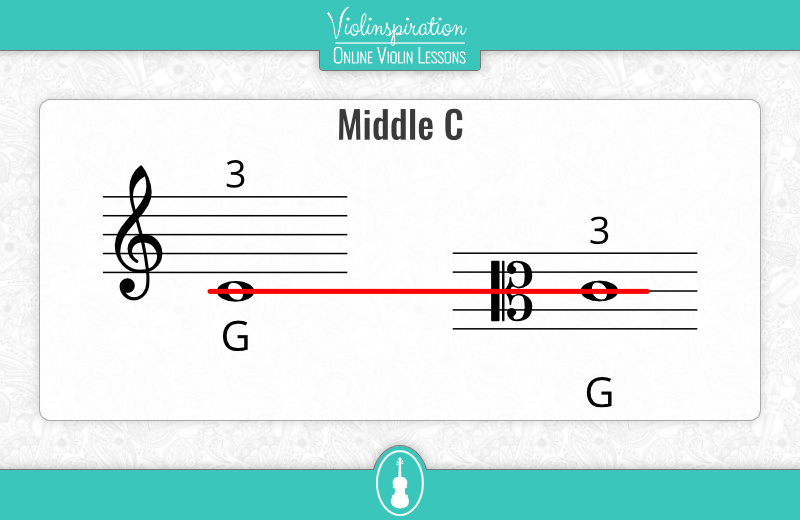
Alto clef works well for the viola’s range: it avoids using too many ledger lines, which helps to read and process the music faster. The lowest note on the viola is C3 (one octave lower than middle C), which is written just below one ledger line beneath the staff.
Some viola music (especially solo viola and some orchestra parts) will go quite high, into an almost violin range. In these situations, composers will usually switch from Alto clef to Treble clef. This is, again, to avoid as many ledger lines as possible. Music will typically switch clefs right around the violin’s E string.
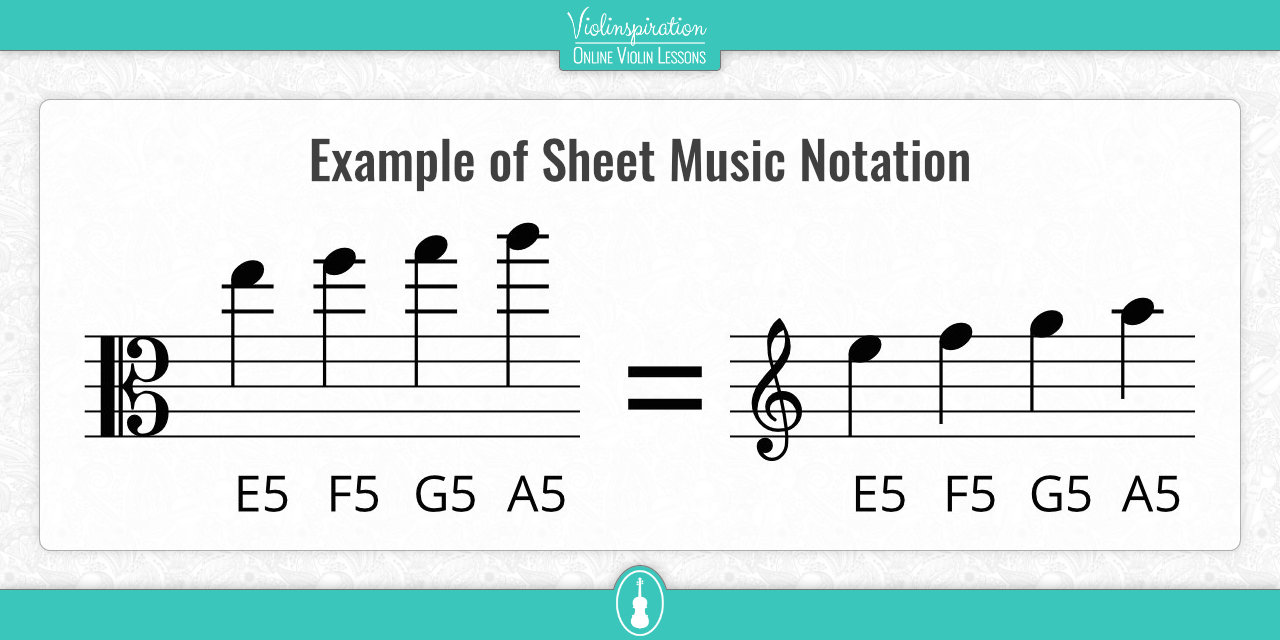
If you’d like to learn more about reading viola music, make sure to check this section of my post about the alto clef.
How to Play Violin Music on the Viola
If you’ve found sheet music originally written for violin, or just written in treble clef, you have a couple of options to play it on your viola.
Play entirely as written
If you’re comfortable shifting to higher positions on your viola, try playing the music entirely as it’s written. You’ll want to be comfortable playing and reading high notes, but if you have a good idea of note names in treble clef, and where they are on your viola, this can be a pretty straightforward option.
Take the notes down an octave
Take all the music, or even just a couple of passages, down an octave so you don’t need to shift.
This method also requires a good sense of knowing the note names of treble clef notes, and of the notes you play on the viola (meaning where the letter names are located on the fingerboard.)
Play everything a fifth lower
An entirely different way to play violin music on the viola is by playing everything a fifth interval lower. This approach might make more sense to those who play both violin and viola—playing a fifth lower on the viola means playing the treble clef music as if it’s a violin. So, the C string is now your “G string,” the G string is now your “D string,” and so on.
Note: you won’t actually tune your strings differently! You’re just imagining your viola as a violin.
Transpose the sheet music
Another option is to transpose the score to the alto clef. You can do it on your own by hand, in sheet music software, or use an app that scans the sheet music and then you could do the transposition in sheet music software. As a result, you get the score ready to play on your viola, and if you use an app, you can listen to the synthesized sound as a reference for your playing.

Final Note
The viola is a rewarding instrument to learn, especially if you enjoy deeper tones more than the high, ringing sounds of the violin. It’s also a great instrument to learn if you don’t want to be in the spotlight all the time.
Knowing the notes on all four strings, and how to play music written for the viola or other strings instruments will greatly help you in your journey of learning this instrument! Remember to print the fingering chart to help you in your practice routine.

Viola First Position Fingering Chart
Download Free Fingering Chart
Last but not least, if you play viola, you’re also welcome in Julia’s Violin Academy and in the Violinspiration-Courses. I am happy that some violists join my Academy and stand-alone courses to have me as their teacher, I’d love to be your teacher too!
